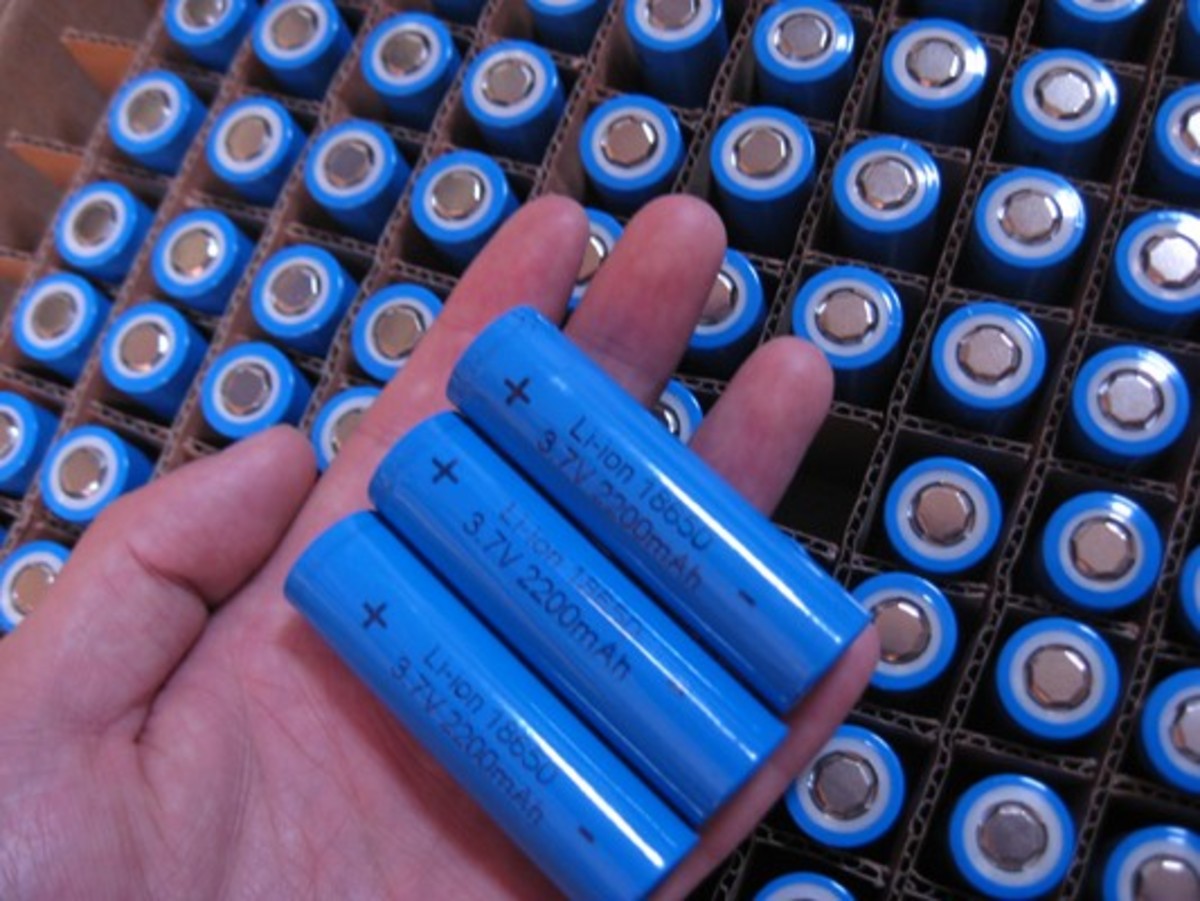The lithium rechargeable ion batteries need routine care and maintenance in handling and use. The following guidelines will enable you to use this battery safely and enjoy its maximum lifespan as proposed by a lithium iron battery manufacturer.
Overview
Don't keep the battery unused for longer times in storage or a product. For an unused battery for over six months, you need to check its charge status before disposing of or recharging it. The estimated lifespan for lithium-ion batteries is between 300 and 500 charge cycles or two and three years. A complete single charge cycle is between when the battery gets fully charged and when it's again fully recharged. If your battery doesn't run via charge circles, use the two- or three-year lifespans.
Rechargeable lithium batteries have a short life and gradually lose their capacity to keep a charge. Ageing (capacity loss) is irreversible. A battery loses its capacity, and the time length to power a product (the run time) reduces.
The lithium batteries will continue to self-discharge (slowly discharge) when in storage or not used. You need to check the charge status routinely. The user manual has the data on checking its status and the charging instructions.
Battery maintenance
Take note of the run time a new and fully charged battery gives your power products. Use this new run time to compare run times for old batteries. The run time for batteries varies depending on the application and configuration of the product.
Have a routine check of the charge status
Monitor the battery carefully as it nears the estimated life end. If you notice that the runtime has dropped below 80% of the initial (original) runtime, you can replace the battery. If the battery charge time increases, then change it.
When a battery stays unused or stored for a longer time, follow the instructions here. If you fail to observe the rules and don't have any charge at check time, then know it's dead (damaged). You need to replace it but never try to use it or recharge it.
Charging
Always adhere to the charging rules offered by your battery. Always refer to the battery's user manual of the online help for more detailed data on how to charge it. When troubleshooting battery problems in dual configurations, test one slot of the battery at a time. One damaged battery can hinder the other one in the other slot from charging. You will have two non-working batteries.
Storage
Discharge or charge your battery to around 50% of its capacity before storing it. Once every 6 months, charge the battery to around 50% of its capacity. Remove your battery from the product and store (keep) it separates. The storage area temperatures should be between five degrees centigrade to 20 degrease centigrade. A battery will self-discharge in the store. High temperatures reduce the storage life of your battery.
Handling precautions
Don't disassemble, puncture or crush the battery or short its external contacts. Please don't dispose of a battery in water or fire or expose it to temperatures over 60 degrees centigrade. Keep a battery far from children and limit excessive vibration or shock exposure. Never use any damaged battery.
Don't touch battery fluids if it leaks, and avoid eye contact with the fluids.
Transportation
Always check the guidelines provided for the vehicle's national, local or international transportation.
Conclusion
Recycling and disposal regulations differ with regions and countries. Ensure you abide by them to avoid conflict with the government.

